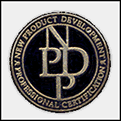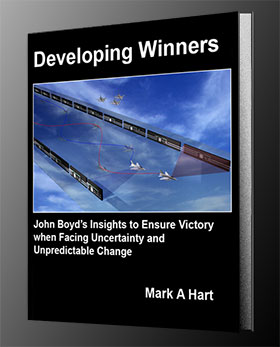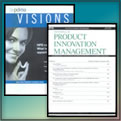Winning consistently
OpLaunch enables organizations to evolve their new product development approach to:
- Improve the effectiveness of individuals as they contribute as specialists
- Synthesize better development options in an environment characterized by uncertainty and unpredictable change
- Develop a cohesive set of advantages to improve their collective capabilities to win consistently
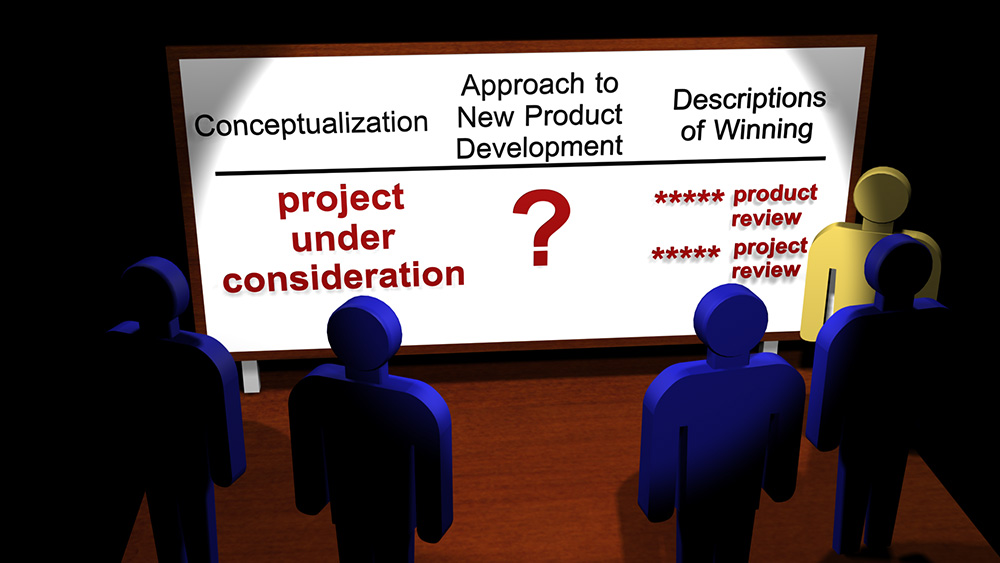
Individual contributors (including engineers, coders, graphic artists, business specialists, and communicators) consider how to evolve their approach to new product development. Desirable outcomes may include outstanding project reviews and 5-Star product reviews.
Development Options
A development options approach is characterized by synthesizing and exercising multiple perspectives, concurrent, options to maximize the development of the networkâs capability to evolve expectations and self-correct focus throughout projects.
Development options are more than:
- Operational, tactical, or strategic choices
- Real options (delaying decisions until the last responsible moment)
- A contract, like a financial option, where individuals may obtain items at a specified price in the future
- The creation of two versions of a component followed by comparative (A/B) testing within a specialty group
Synthesis: a process of connection. Synthesis generates something new and different. A synthesis approach enables one to imagine how a series of efforts may work together to produce the desired result.
Exercise: a combination of decision, action, and interaction. Exercise includes the interaction of people with prototypes.
Multiple Perspective: an orientation that benefits from a diversity of views. Orientations are better informed. This approach supersedes compromise or consensus. The potential for mismatches (the difference between the actual and the interpretation) is reduced. John Boyd referred to this as âan ongoing many-sided implicit cross-referencing process of projection, empathy, correlation, and rejection.â (Boyd, The Essence of Winning and Losing, 1995)
Many: more than one potential solution. Having several options reduces the reliance on the accuracy of detailed forecasts.
Concurrent: more than one option can be synthesized and/or exercised at one time. Learning is accelerated. Parallel experiments, including A/B testing, are encouraged.
Focus: the item for temporary, concentrated attention. The current objective.
Expectations: a set of beliefs that evolves during a project. Expectations include requirements, specifications, value propositions, and hypotheses.
Characteristics of Attractive Development Options
Attractive development options:
- Provide a framework to improve the capacity for a continuously self-correcting, network-informed expectations (schwerpunkt) and focus throughout development
- Enable a dynamic network to detect and correct mismatches from factors such as accumulated learning, evolving market conditions, and new boundary conditions
- Provide a way for individuals to express autonomy within a network that involves a multitude of efforts within boundaries
- Expedite the validation of more project details
- Prepare for informed synthesis in the future
- Are tasks that are likely to impact the antifragility of the network during a project
- Answer the question âwhat should the network embrace now to improve the potential to win in the future?â
- Are synthesized and exercised continuously during a project to refine expectations and focus of efforts to generate a win
- Are consistent with the concept of safe-to-fail experiments that have an asymmetric payoff function (large potential gain, small potential loss)
- Are exercised, evolve, or expire
The capabilities of the network impact the attractiveness of the development options that can be generated.
Multiple development options can be active simultaneously to provide multiple opportunities to develop advantages within the projectâs current constraints.
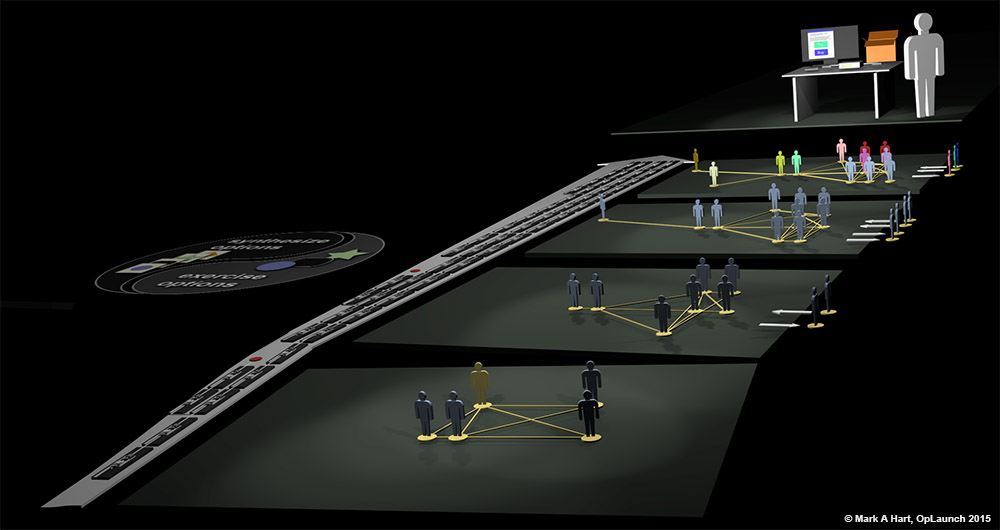
This illustration contains representations of four snapshots of development efforts from the beginning of the project to launch. Individuals engage and disengage throughout the project. The arrow represents an evolved version of the focus of efforts after a change in expectations early in the project. The graphic elements within the arrow represent the details of synthesizing and exercising development options to evaluate multiple opportunities to win as well as to detect and to correct mismatches. Discontinued development options are represented using red octagons. The image in the upper-right corner represents a winning set of advantages.
Pathways to Winning Consistently
While some organizations rely on explicit processes to develop new products, our approach enhances the optionality of the development network to be more effective and efficient. Instead of the limitations of templates, tutorials, patterns, and checklists, our approach goes beyond compliance with explicit processes to training individual contributors to do things beyond their current ability, to do new things, to analyze the results, and to correct their mistakes.
We help individuals improve specific new product development skills to improve implicit coordination, cross-functional collaboration, mutualism, and the cohesiveness of efforts within development networks.
An Interactive Approach
Instead of requiring extensive design efforts with rigid requirements at the beginning of a project followed by explicit execution, our approach promotes an interactive process of continuous learning.
While others emphasize processes with a series of handoffs and gates, the OpLaunch approach capitalizes on multiple options across multiple domains to provide multiple advantages to win. We embrace the concept of requisite variety - incorporating additional individuals with a diversity of skills to ensure sufficient capabilities in the development network to recognize all problems and to activate appropriate responses.
We design development environments to improve the capabilities for better development experiences to engage individual contributors. We increase the elements of motivation (such as autonomy, mastery, and purpose) to out-perform development environments characterized by procrustean rules, mediocrity, and apathy.
Our approach promotes simultaneous development efforts over sequential approaches that promote reductionism (splitting tasks to conform to existing silos).
Pair Development
With appropriately designed interactions between individuals of different disciplines, individuals can expand their contributions beyond their specialties to include new perspectives.
This approach is more powerful than cross-training. An engineer does not need to become a marketer. A marketer does not need to learn how to code.
Rather than maintaining functional silos, the OpLaunch approach capitalizes on domain diversity. A specialist can practice their craft in new and powerful ways to accomplish the objective - adding advantages to the development effort. Our approach facilitates pair development to synthesize better perspectives.

Pair Development is implemented by facilitating the interaction of individuals from different disciplines (such as a coder and a marketer). Activities may include (1) dialog and sketching or (2) creating prototypes and analyzing outcomes. Pair development produces more insightful perspectives.
During new product development, pair development improves the qualities such as flow and harmony.
Improve your capabilities to win
OpLaunch can enable the evolution of development advantages in two ways:
- New product development services for specific projects
- Consulting, coaching, and training to individuals and groups in online and on-site sessions in hourly, project, or retainer arrangements

